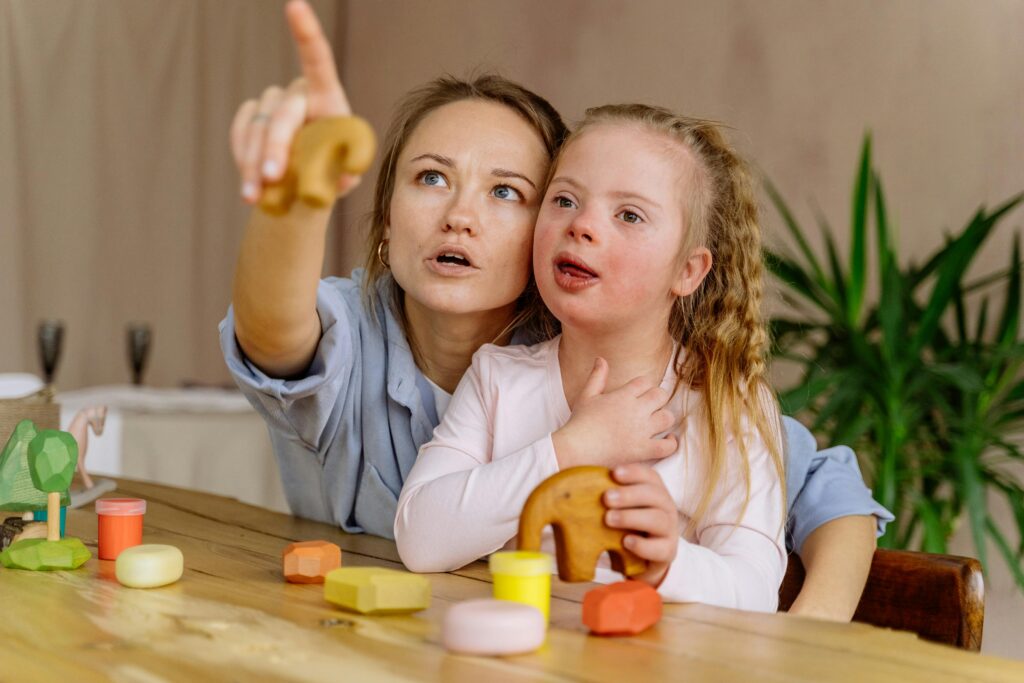We Need Nurture In Every Stage Of Education
2 January 2025

When you think of the word “nurture” in education, what comes to mind? For many, it conjures images of early years or primary school classrooms, where children are learning to navigate the world with the gentle guidance of understanding teachers. But nurture isn’t something that children outgrow. As educators, we know that every child—from their first day in reception to their final year of sixth form—benefits from a nurturing approach. So, why isn’t it embedded in every stage of education?
The Case for Nurture Across All Ages
The idea that nurture is just for younger children is outdated. Current research and guidance from the UK’s Department for Education (DfE) highlight the importance of relationships, emotional wellbeing, and tailored support at every stage of a child’s development. Adolescence, in particular, is a time when students’ brains are undergoing significant changes. The same children who once needed help managing playground squabbles may now need guidance navigating friendships, academic pressure, and the emotional rollercoaster of teenage life.
Why Relationships Matter at Every Stage
Research underscores the critical role of relationships in fostering emotional wellbeing and academic success. A 2021 report by the Anna Freud Centre highlights that strong relationships between students and staff are essential for building resilience and improving mental health outcomes. Adolescents, in particular, benefit from supportive relationships as they navigate the complexities of growing up.
The DfE’s statutory guidance on mental health and behaviour in schools (updated in 2023) emphasises the need for a whole-school approach to emotional wellbeing. This includes creating an environment where all students feel safe, valued, and supported—a core principle of nurture.
The Impact of Nurture on Learning
When students feel cared for, they’re more likely to engage with their learning. Neuroscience tells us that stress and anxiety can hinder cognitive function, making it harder for students to focus, retain information, and solve problems. A 2022 study published in the British Journal of Educational Psychology found that secondary students who felt a strong sense of belonging at school were more likely to report higher academic motivation and lower levels of anxiety.
Similarly, the Education Endowment Foundation’s 2022 guidance on social and emotional learning demonstrates that students who are emotionally supported are more likely to achieve better outcomes. By embedding nurture throughout education, schools can create a climate where students feel secure enough to take risks and make mistakes—essential ingredients for effective learning.
Nurture in Action: Beyond Primary Education
So, what does nurture look like in secondary schools and beyond? It’s not about turning every classroom into a replica of primary school; it’s about adapting the principles of nurture to meet the needs of older students.
1. Building Relationships
Secondary schools can feel impersonal, with larger class sizes and less time for one-on-one interactions. But small, consistent efforts to build relationships can make a big difference. Tutor groups, mentoring schemes, and approachable staff who take the time to listen can help students feel seen and valued.
2. Creating Safe Spaces
Nurturing environments aren’t just about physical spaces, though quiet rooms and well-equipped pastoral centres certainly help. They’re about creating a culture where students feel safe to express themselves. Whether it’s through restorative practices to resolve conflicts or mental health training for staff, schools can foster a climate of emotional safety.
3. Tailoring Support
Not every student needs the same kind of nurture, but every student needs something. For some, this might mean extra academic support. For others, it could be a trusted adult who checks in regularly or access to counselling services. The key is flexibility and responsiveness.
4. Involving Families
Nurture doesn’t stop at the school gates. Strong home-school partnerships are vital for supporting students’ wellbeing. Regular communication with families, workshops on mental health, and opportunities for parents to engage with the school can strengthen the support network around each child.
Overcoming Barriers to a Nurturing Approach
Despite its benefits, embedding nurture in education isn’t always straightforward. Time, resources, and competing priorities can make it feel like an added “nice-to-have” rather than an essential part of school life. However, the long-term benefits for both students and staff are worth the investment.
Practical Steps for Schools
1. Prioritise Training:
Ensure all staff, from teachers to support staff, understand the principles of nurture and how to apply them in their roles.
2. Audit Your Environment:
Look at your school’s policies, practices, and physical spaces through a nurturing lens. Are there areas for improvement?
3. Embed It in Policies:
Make nurture a core part of your school’s ethos, reflected in behaviour policies, staff appraisals, and strategic planning.
4. Celebrate Successes:
Share stories of how a nurturing approach has made a difference in your school community. This can help build momentum and buy-in from all stakeholders.
A Final Thought
Education is about more than academic achievement; it’s about helping young people become confident, capable, and compassionate individuals. By embedding nurture in every stage of education, we can create schools where all students feel supported to thrive. As the DfE’s 2023 guidance reminds us, “a positive school culture is not a bonus—it’s a foundation for success.” Let’s make nurture the cornerstone of that foundation, not just for our youngest learners but for every child and young person who walks through our doors.
References
- Anna Freud Centre (2021). Supporting Mental Health in Schools and Colleges.
- Department for Education (2023). Mental Health and Behaviour in Schools: Departmental Advice for School Staff.
- Education Endowment Foundation (2022). Improving Social and Emotional Learning in Primary and Secondary Schools.
- British Journal of Educational Psychology (2022). “The Impact of Belonging on Academic Motivation and Anxiety in Adolescents.”
- National Nurturing Schools Programme (2022). The Benefits of Nurture in Secondary Education.

THE TIME FOR KINDNESS
AND CONNECTION IS NOW
We know just how busy you are. We’d love to chat to you about how these courses work and the impact they will have on your school. You may also be unsure about what level of training your school may need – let’s talk!
We’ll get to know you, your school and the needs of your children, staff and community to deliver a bespoke and unique session.
Catch up on news!
Things move quickly. Here you’ll find our thoughts, ideas, research and musings on industry developments and the world of kindness and connection. Take a read..



